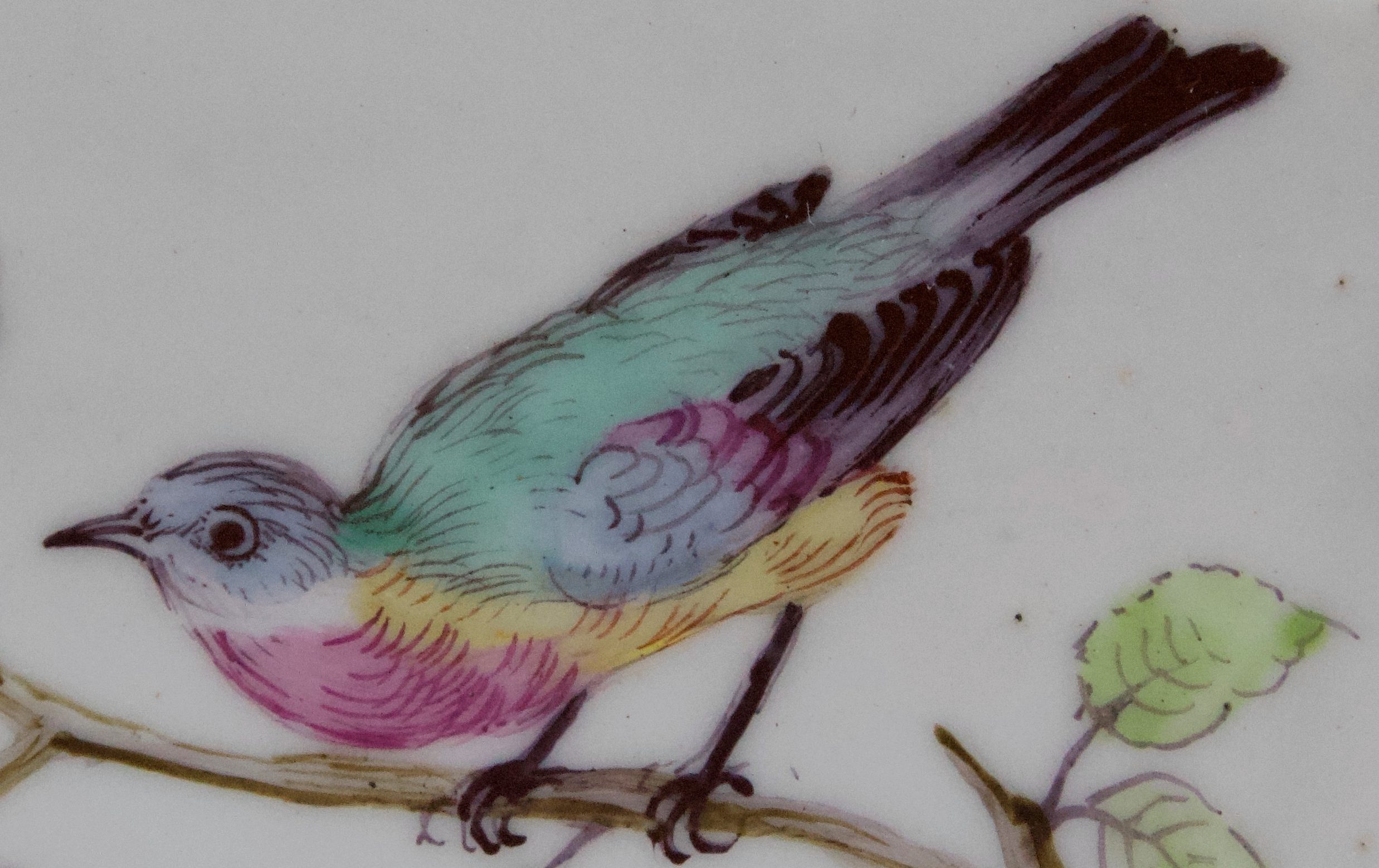A rare tin-glazed Clock Dial Plate. Possibly Liverpool, circa 1780-90
The chapter ring painted with Roman numerals and stylised trefoil half hour dividers, the Arabic quarter hours on a band outside the minute divisions. There are two winding holes, one below the XII and another above the VI. The style of the dial suggests that it may have been made for the Continental market.
This dial plate would have been intended for use with a twenty-four hour longcase clock. Most dial plates of this period were painted or enamelled, making this tin-glazed example a rare survivor.
Liverpool is a possible place of manufacture as the city had a tradition of making clocks and scientific instruments, as well as the production of tin-glazed earthenware. The painting of the face had to be precise otherwise it would not be acceptable to the clockmaker.
Condition: Good – there is expected wear from use to the buff-coloured body around the two winding holes, most obvious on the reverse, where there are losses surrounding the top hole, from which extends a fine vertical hairline. Typical minor losses and wear to the fragile tin glaze around the outer edge. No restoration.
Dimensions: Diameter 21.5 cm
Refs. See Sampson & Horne, 2007 catalogue, p.17, for an earlier example from circa 1745, and also the John Howard archive, for a similar example dated c.1750-75.
The Sampson and Horne Collection: Defining the British Vernacular, Bonhams, London, April 28, 2010 (lot 432), for a discussion on this style of dial plate.
Garry Atkins, 1999 catalogue, no.24.
The Longridge Collection of English Slipware and Delftware, Volume 2, Delftware (Jonathan Horne Publications).






